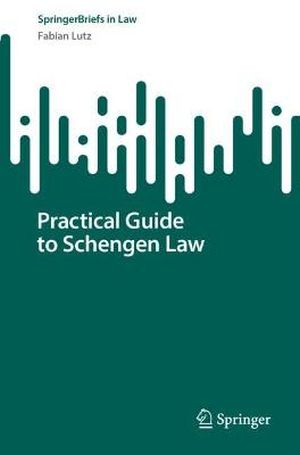
Schengen law is legally complex and, at the same time, foundational for the free movement objectives of the European Union. This Practical Guide to Schengen Law seeks to explain the specific features of Schengen law and its differences from normal EU law. It focuses on the territorial scope of application of Schengen law (variable geometry) and on the determination of the substantive scope of the Schengen acquis. It also includes replies to frequently encountered practical questions arising in that field.
In addition to its descriptive function, this guide also aims at closing a gap in the scholarly analysis of Schengen. The substance of the Schengen acquis has already been subject of numerous publications, with specific emphasis on: border controls, security and human rights, institutional balance and implementation. However, there has been little scholarly attention to the challenges resulting from the application of the legal criteria, introduced in 1999, for distinguishing Schengen-related developments of the EU law from the broader Justice and Home Affairs EU law and the resulting legal and political problems.